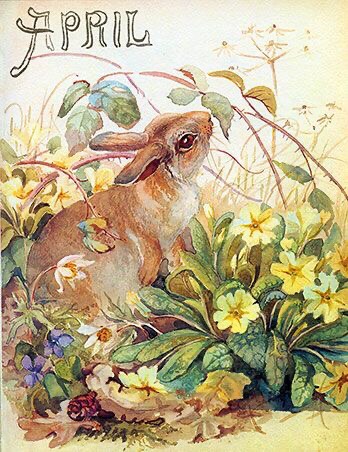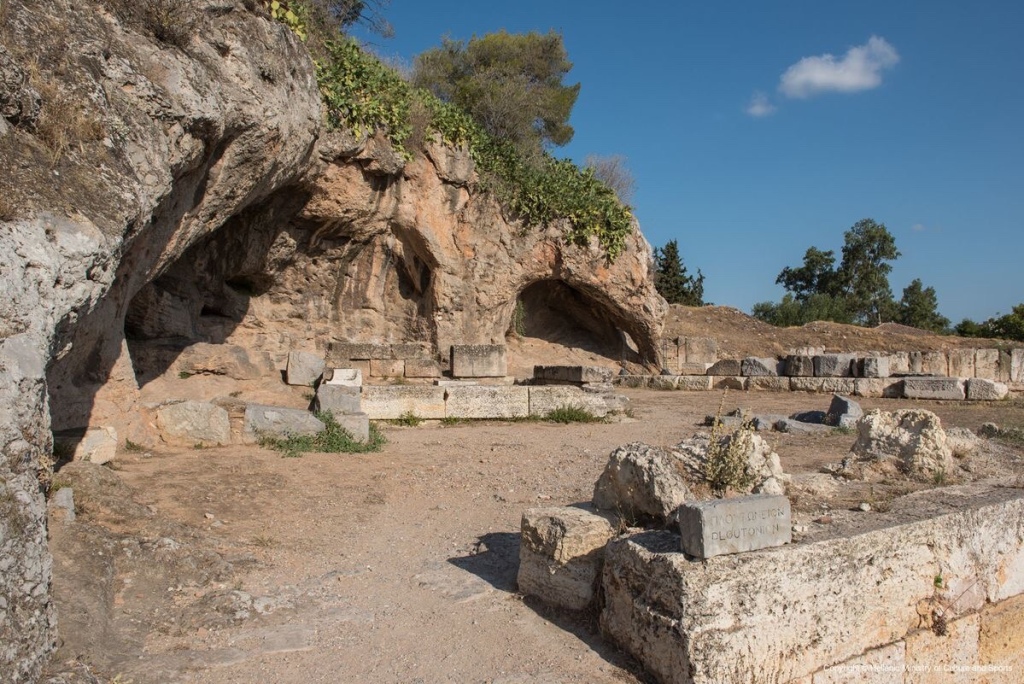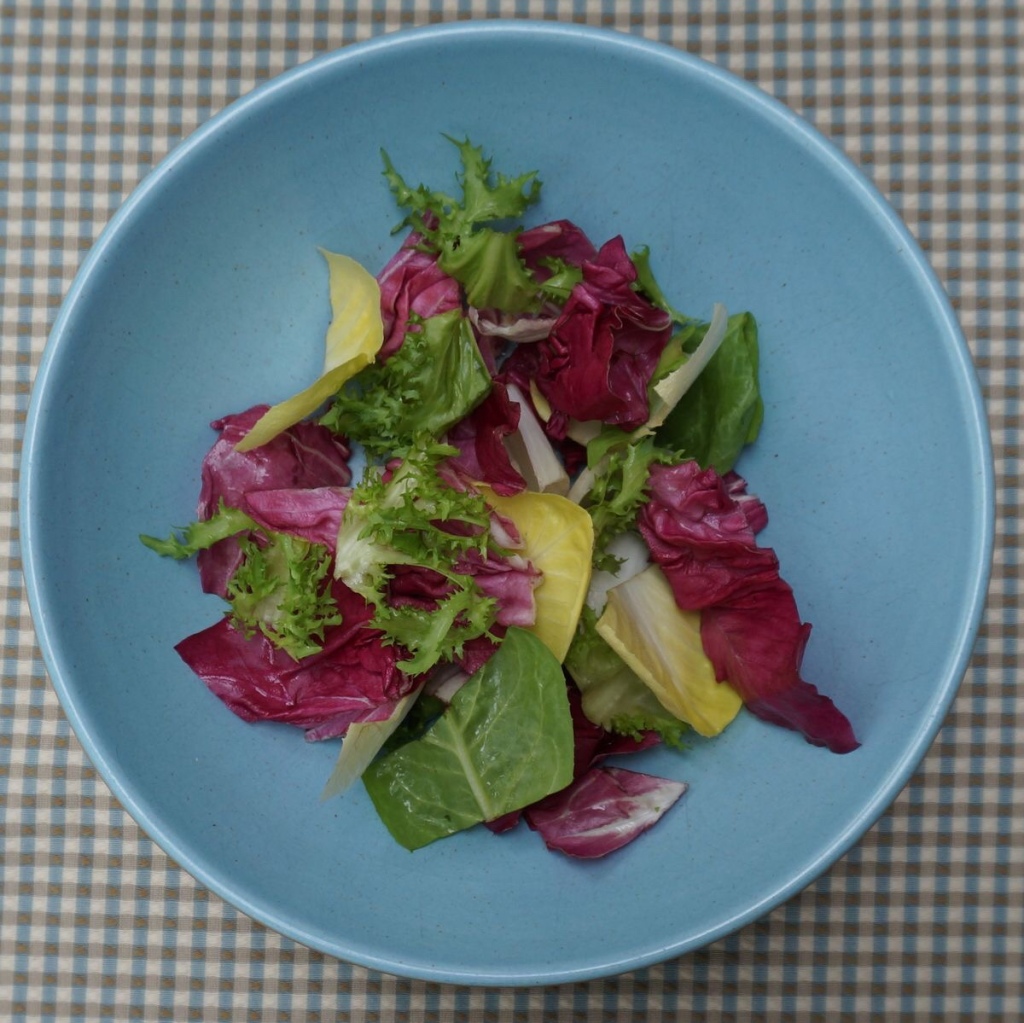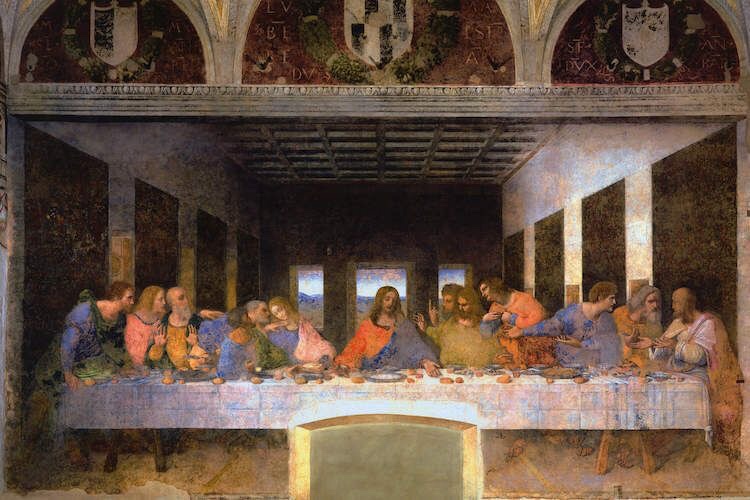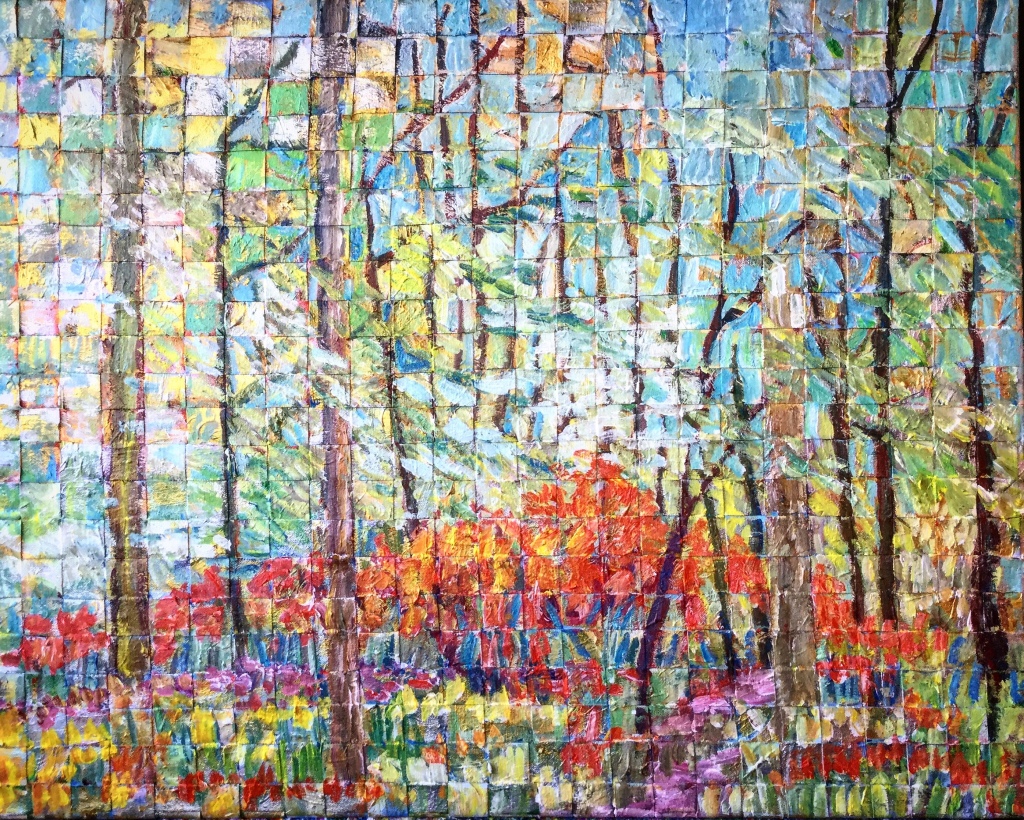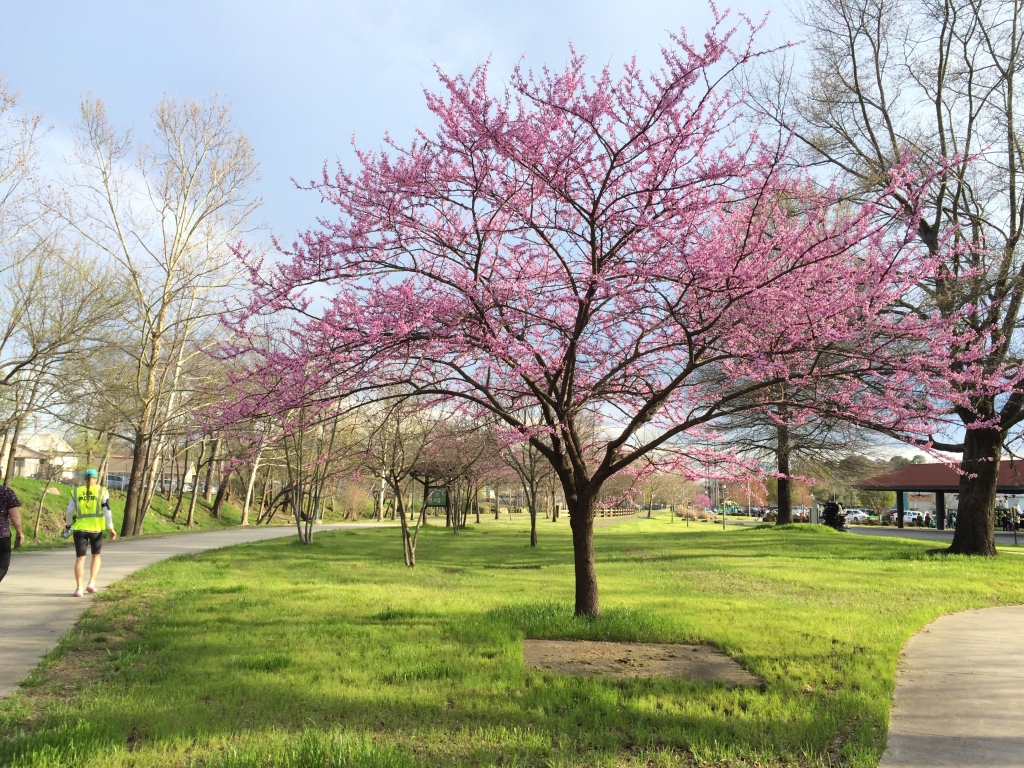
Picasso is often thought to have said, “Art washes away from the soul the dust of everyday life.” However, just as we tend to view anything on the internet as true, along comes a meme from Abraham Lincoln reminding us of the exact opposite proposition. As one of my old debate team mentors in high school used to say, “Consider the source. Use a verified source. Use a trusted source. Use a legitimate source. Facts, not opinions, count in the argument.” This is the flag we raised, put a light on it, and saluted every day in speech class. This also limited my library quest, for my search engine of choice in those low technology days was the card catalog at my neighborhood library and rummaging through whatever national news magazines came on subscription there.

As much as I love this quote, “Art washes away from the soul the dust of everyday life,” and resonate with it, it doesn’t sound like Picasso. He’s also purported to be the source of “Others have seen what is and asked why. I have seen what could be and asked why not.” It’s not too different from “Some men see things as they are and say why? I dream things that never were and say why not?” This latter is a famous line paraphrasing George Bernard Shaw’s play Back To Methuselah, and was spoken at Robert F. Kennedy, Jr’s funeral elegy.
Perhaps it doesn’t matter we aren’t original thinkers, but only that we stretch our thinking beyond what we already know. In 1982, futurist and inventor R. Buckminster Fuller estimated that up until 1900, human knowledge doubled approximately every century, but by 1945 it was doubling every 25 years. By 1982, knowledge doubled every 12-13 months. Today, knowledge doubles about every 12 hours! For some people, this is absolutely too much to bear, and for others, it’s a reason to yearn for simpler times. However, I’m not willing to give up the GPS and maps in my vehicle, for I have a tendency to be chronically lost. I do find some interesting backroads along the detours I take in error. I just get lost less often than I once did.
Art and other creative ventures are the means by which we deal with our anxieties of this world, for if we have pain and troubles there, we can either create a world of beauty to balance our struggles or we can let all that pent up energy out so it doesn’t eat us up from the inside out. If we’re making landscapes, we might have butterflies or forest fires, depending on how we process our soul journeys.

Margaret’s landscape has the breeze blowing through the trees and flowers. The clouds are also carried along by these same winds. She was wanting to paint a flittering butterfly, and wondered out loud “How does a butterfly fly?”
I didn’t know exactly, and wasn’t into acting out my inner butterfly, but Apple Music has a wonderful tune by Ludovico Einaudi called “Day 1: Golden Butterflies.”
I found it on my phone and played it for her. Art class calls upon all the senses, just as reading a biblical text does. How can we get into a mood or intention of a writer or an artist if we don’t use every one of the senses the good Lord gifted us with? Art isn’t just for the eyes, but we should appreciate the textures even if we don’t actually touch them.
In our Friday art class, I always show examples of how other artists have approached our theme for the day. I collect them in my Pinterest account. For Spring Trees, the goal is to use the cool side of the palette, with a variety of greens, and add spring colored flowers of white, pink, or yellows. Blues and violets also show up with wisteria and bluebells. As I showed the group about a dozen different artists’ works, I reminded them: “You can’t go wrong! Every one of these artists solved spring trees in a different way. Some painted only the tree, some painted just the reflection in the water, others painted the whole landscape. Some focused on the people more than the trees. If your colors stay cool, if we can tell these shapes are trees, and if you use your own ideas to elaborate on this basic format, you’ll do a great job! We can always improve on the next one.”
People are so worried about pleasing others, or not measuring up to some standard. What standard are we setting for ourselves anyway? If we want to shoot baskets like LeBron James or Stephen Curry, we’d better be prepared to work. Curry shoots around 2,000 shots a week: He takes a minimum of 250 a day, plus another 100 before every game. It’s a counterintuitive fact that a player with the supplest shot in the NBA, whose overarching quality is feel, has the hands and work habits of a woodchopper. Likewise, LeBron works out even on his “off day,” with only Sunday as a day of rest. Check out this workout. This is why he’s called the “King.”

If we were writing poetry, would we fail to start because we couldn’t produce from our heart and hand the words which move us, as do the passionate lines of Shakespeare’s pen? He had to start somewhere, for sure. “While salvation is by faith,” I always tell folks, “proficiency in arts and crafts usually comes from works.” The more we practice, the better we become. Some of excellence results from acquiring good eye hand coordination, or fine motor control, but also we begin to learn what our media can do and what it won’t do. We enter into a friendship and then into a love affair with it. We begin to anticipate where it will go, just as we often can finish our best friend’s sentences for them. Take a break and read Shakespeare’s 18th sonnet out loud for a moment:
Shall I compare thee to a summer’s day? Thou art more lovely and more temperate: Rough winds do shake the darling buds of May, And summer’s lease hath all too short a date;
Sometime too hot the eye of heaven shines, And often is his gold complexion dimm’d; And every fair from fair sometime declines, By chance or nature’s changing course untrimm’d;
But thy eternal summer shall not fade, Nor lose possession of that fair thou ow’st; Nor shall death brag thou wander’st in his shade, When in eternal lines to time thou grow’st:
So long as men can breathe or eyes can see, So long lives this, and this gives life to thee.
“The artist is a receptacle for emotions that come from all over the place: from the sky, from the earth, from a scrap of paper, from a passing shape, from a spider’s web,” Picasso told Alfred H. Barr, Jr. Just as everything is grist for the poet’s mill, so we bring all that we are to our art experiences. If we’re glad, sad, angry, or any other emotion, this gets poured out into our work through the colors we choose, the subject matter, or the way we use the media. This pandemic will be remembered not only for its cruel loss of life, but also for its neurological complications for the post COVID survivors, since a high percentage have mood and anxiety trouble diagnoses for the first time within six months of their infection. This is how we know COVID isn’t just a bad flu.
I omit the state of depression, for if one feels blue, one can work, but true depression takes away the will to work, to get out of bed, get dressed, or have the energy to brush one’s teeth. No one gets out of that state alone. Help and intervention are needed. I’ve been a chronic depressive for over half a century, and “snapping out of it” isn’t possible for people with this health condition. If I have a sunny and positive outlook on life, it’s because I’ve learned to think optimistically and I’m medicated properly. Plus I attend counseling sessions so I can keep a good perspective on life. If life is getting you down now, please seek help from a trusted medical provider or a pastor. Jesus meant it when he said, “I came that they may have life, and have it abundantly” (John 10:10). Faith healing also comes from ordinary means.

Our art class gives our group a safe place to stretch their minds, to take self care time, and to try a new skill that won’t kill anyone. It’s not like chainsaw juggling , where if you miss, you get a free ride to the ER or the funeral home. We don’t do that sort of thing. That’s more excitement than I can stand. I used to teach middle school art classes, so I had days, when the moon was full, that I sometimes thought I was juggling chain saws. Juggling plastic spoons is more my style today.
Gail is supervising home schooling during the pandemic. I don’t know how all the other parents and grandparents are doing in this particular time, but I remember the chaos which ensued one spring break as the pink eye ran amuck through the elementary school at which I taught. The headmaster gave everyone an extra week for spring break, an act which caused my students’ parents to call me in a panic, “What am I going to DO with my child for a WHOLE WEEK?!”
I laughed and said, “Keep them away from children who have pink eye.” I suppose I didn’t commiserate with them, as they thought I should. These people are now grandparents and I hope that one week back then showed them they could manage a whole pandemic today.

Gail’s trips to fuel her caffeine need causes her to visit different coffee shops. The cup sleeves come in different patterns of corrugated cardboard. Of course, this paper product originally came from a tree, so she brought them in to be recycled and repurposed into an art piece about spring trees. Since she worked for the forest service, this is right in line with her love of nature and concern for stewardship of our natural resources. Gail also likes to plan and think her way through a theme.
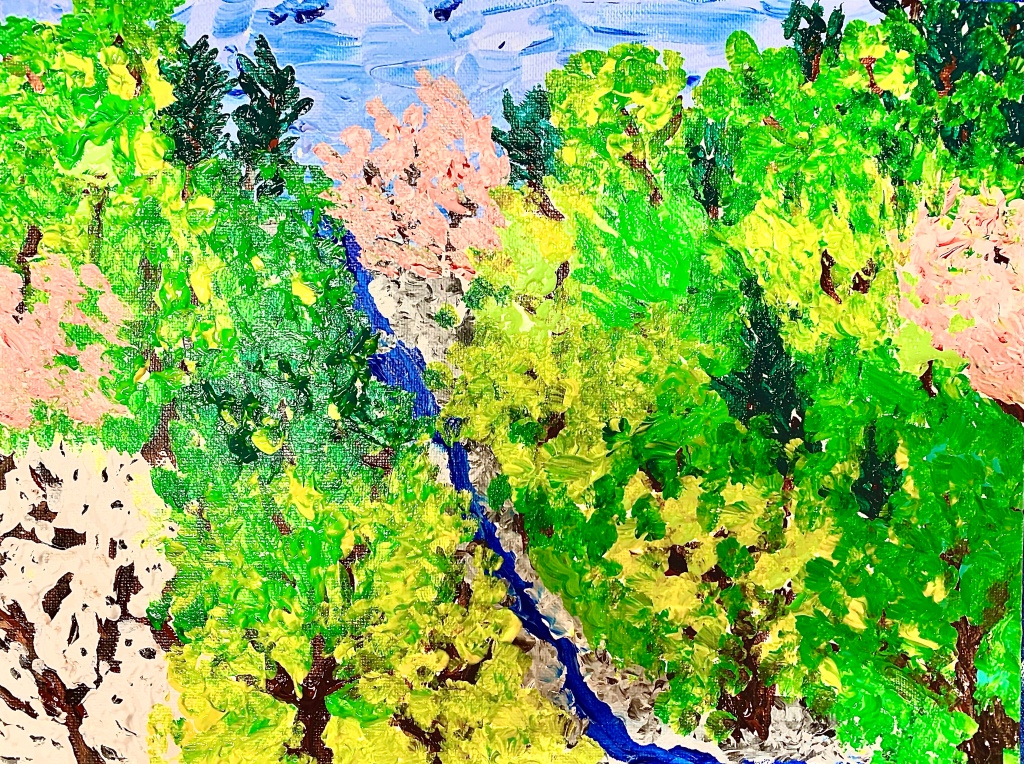
Mike gets his idea in a big, global whole. Then he seems to boil it down to a manageable size in a few moments, as he mentally discards the least workable parts. In a few minutes, he’s ready to paint a scene from memory or from his imagination. He applies lessons learned from other classes. For instance, painting in the background first is easier than trying to paint up to foreground details. This painting began with the stream, the green trees, the white trees, and then the popping pink trees for an accent.

I was painting trees with wisteria vines from a photograph I took near my home. The coffee spot at the Airport and MLK Freeway had moved, so when I turned in that driveway, I came to the notice of one of Hot Springs Finest. As he rolled down his window, I turned around and smiled.
“Hello, I’m just taking photographs of the wisteria in the trees.”
“I saw your car and thought you might be in trouble.”
“Not this time, but thanks for checking on me. I often stop to take pictures of our beautiful city.”

While we were talking, his radio went off and he had to go help someone else. Life interrupts our time together, and we don’t know how much time we have on this side of heaven. Many of the things we fight over will be meaningless in the great arc of history. When we meet each other on the other side, we won’t care about these things, for our whole attention will be God and the Lamb who sits upon the throne. If on this side of heaven, we learn to love more and forgive better, we’ll all be going on to perfection, whether we are in life or art.
RFK Jr Funeral Elegy
https://politicaldog101.com/2018/03/robert-kennedy-did-george-bernand-shaw/
Art Thoughts: Trees
The hidden price Steph Curry pays for making the impossible seem effortless
Thriving in a World of “Knowledge Half-Life”
https://www.cio.com/article/3387637/thriving-in-a-world-of-knowledge-half-life.html
Elizabeth Cowling, Pablo Picasso (2002). “Picasso: style and meaning”, Phaidon Press. Also quoted in Alfred H. Barr Jr., Picasso: Fifty Years of his Art (1946).
https://www.oxfordreference.com/view/10.1093/acref/9780191826719.001.0001/q-oro-ed4-00008311
Shakespeare: Sonnet 18
https://www.poetryfoundation.org/poems/45087/sonnet-18-shall-i-compare-thee-to-a-summers-day
Ludovico Einaudi: Day 1: Golden Butterflies
https://music.apple.com/us/album/day-1-golden-butterflies/1451626902?i=1451627427
Also available on Amazon music streaming services
6-month neurological and psychiatric outcomes in 236 379 survivors of COVID-19: a retrospective cohort study using electronic health records – The Lancet Psychiatry
https://www.thelancet.com/journals/lanpsy/article/PIIS2215-0366(21)00084-5/fulltext







